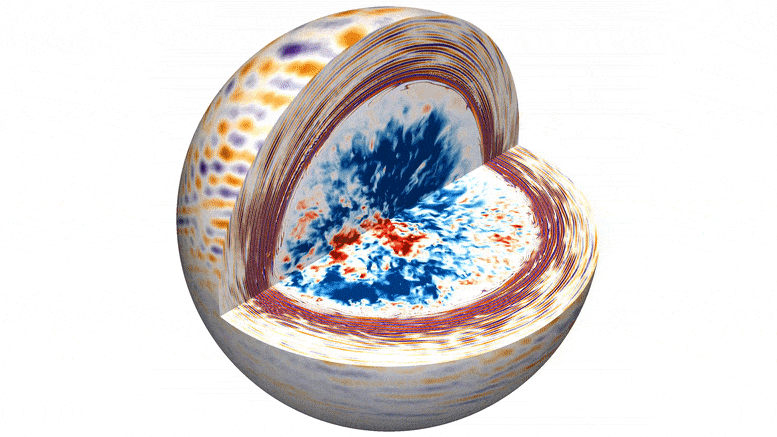
Stellar fusion happens at a star's core, where the enormous temperatures and pressures fuse hydrogen atoms into helium, releasing radiation. Waves of turbulent convection generated in the core can take hundreds of thousands of years to ripple outward through the stars' layers, finally reaching the surface. A new simulation shows waves generated deep inside stars, more massive than the Sun, make their way to the surface and affect the star's brightness.
Continue reading

With JWST safely in space, researchers are designing the next generation of space telescope that could Earth-sized worlds orbiting sunlike stars. Chinese scientists released a concept paper this week for the Tianlin mission, a 6-meter UV/Optical/IR space telescope, which could begin operations in 2045. This telescope would search for rocky planets in the habitable zones around nearby stars and search for biosignatures using direct imaging. The team estimates they could obtain the spectrum of 20 candidate exoplanets in the first five years of operation.
Continue reading
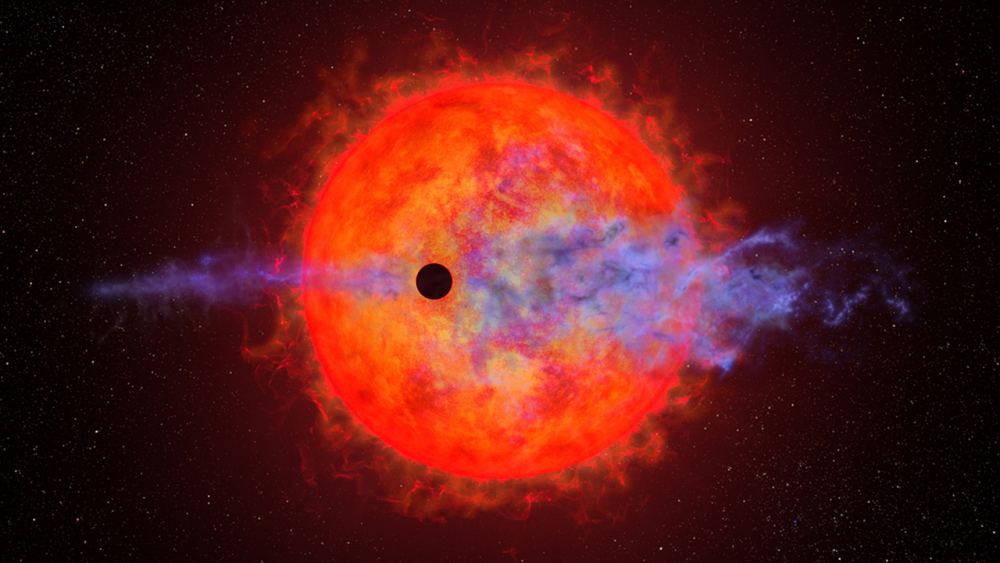
Continue reading

Continue reading
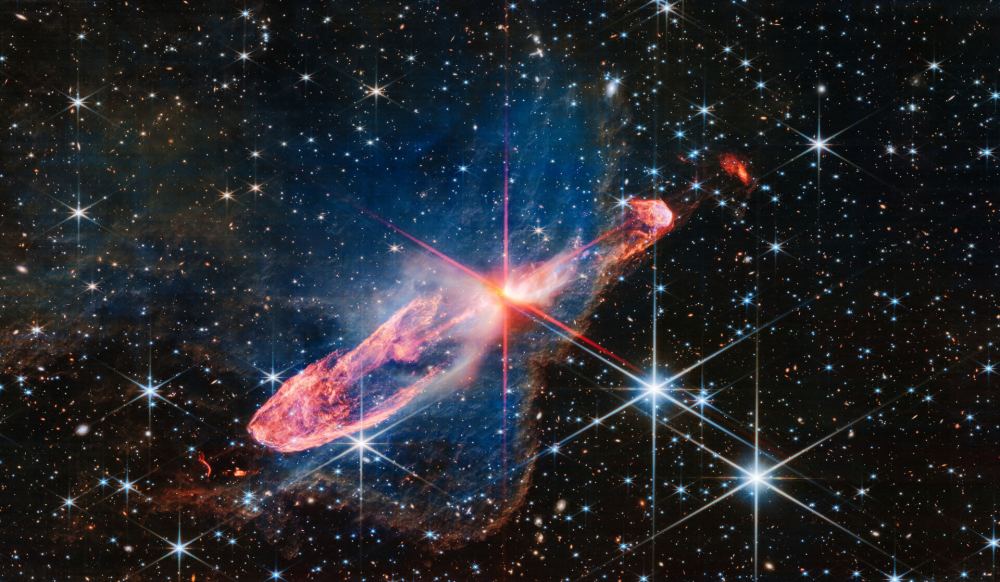
Continue reading
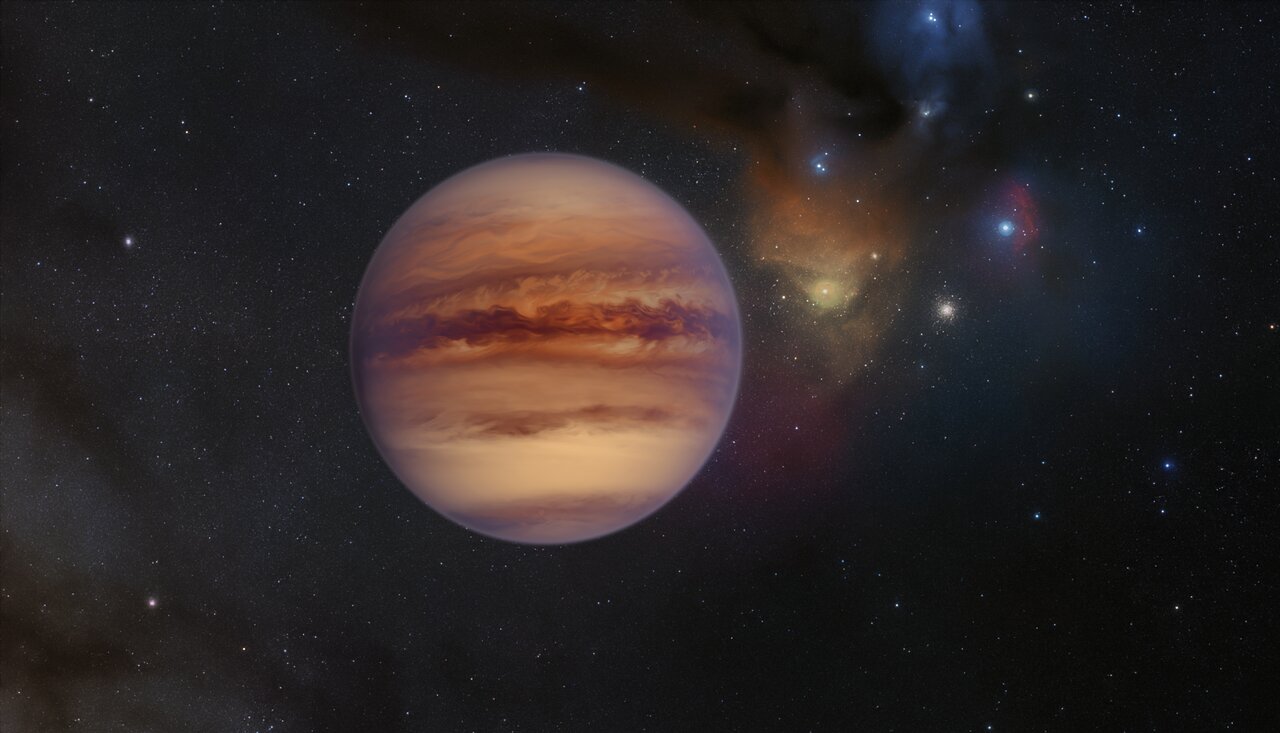
A new study estimates there could be hundreds of rogue planets nearby that we could explore for signs of extraterrestrial life!
Continue reading
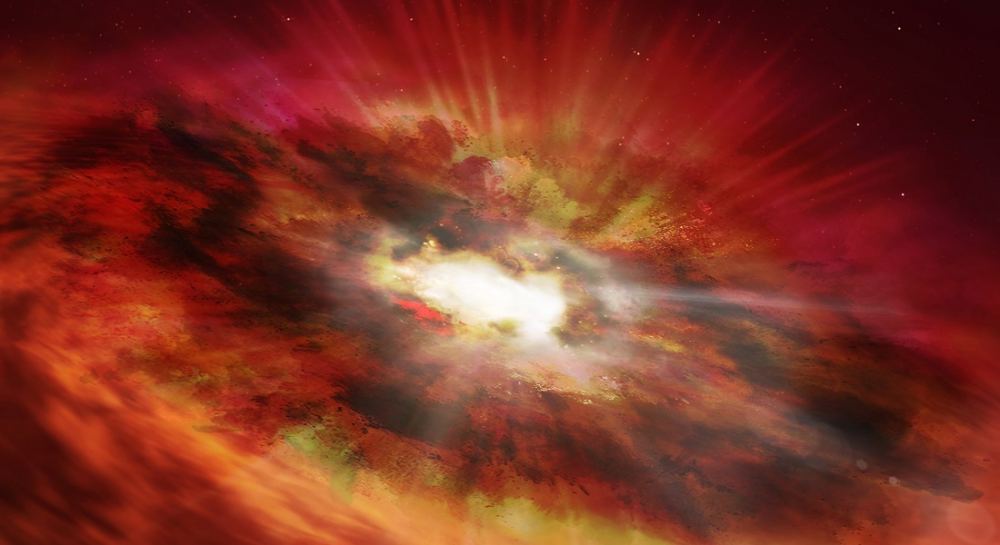
Continue reading
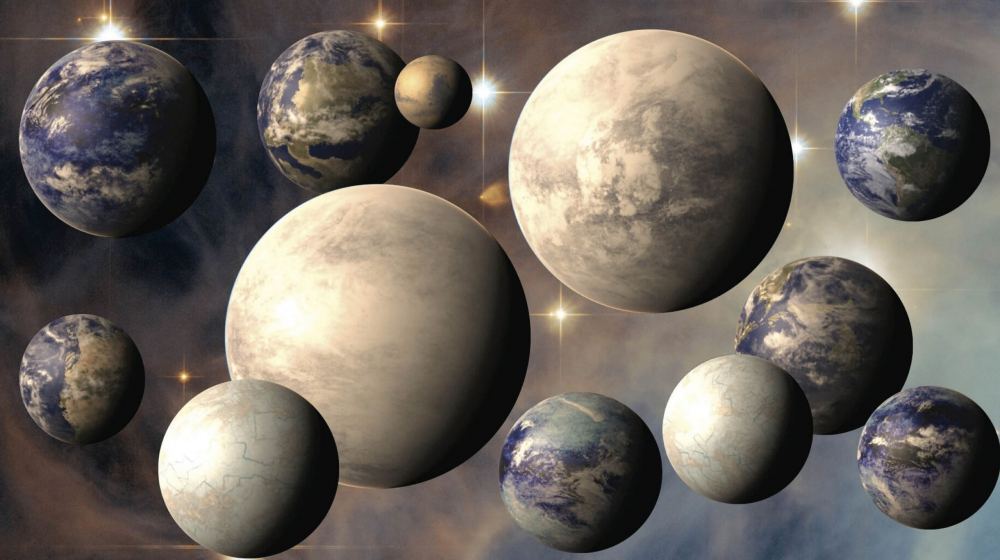
Continue reading
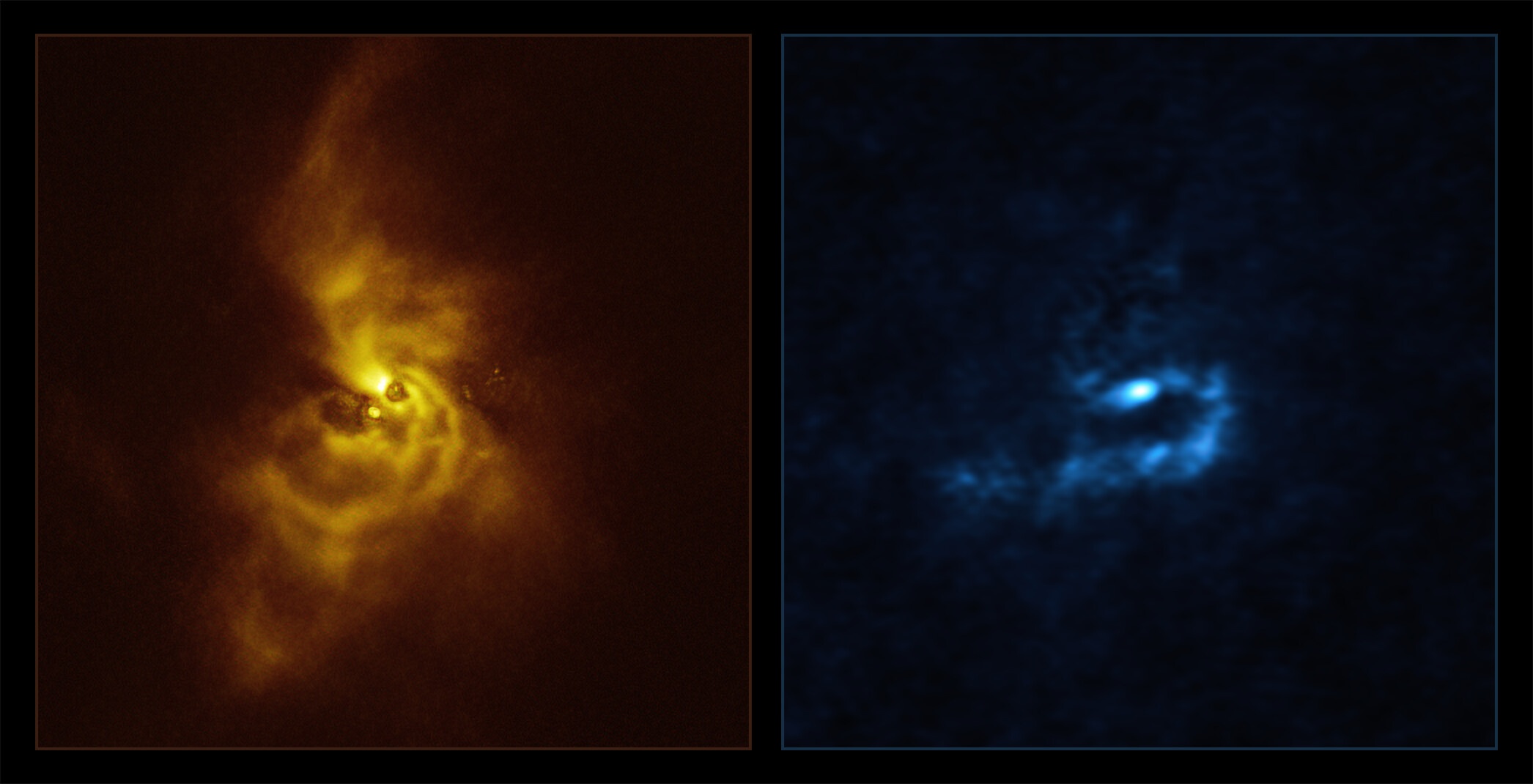
New images from the European Southern Observatory show a young star surrounded by dusty clumps that could collapse and create giant planets like Jupiter. The star is V960 Mon, located about 5,000 light-years away in the constellation Monoceros. The star brightened suddenly in 2014, leading astronomers to conclude it's assembling spiral arms in its protoplanetary disk. The new observations show that these arms are fragmenting into clumps, with masses similar to giant planets.
Continue reading
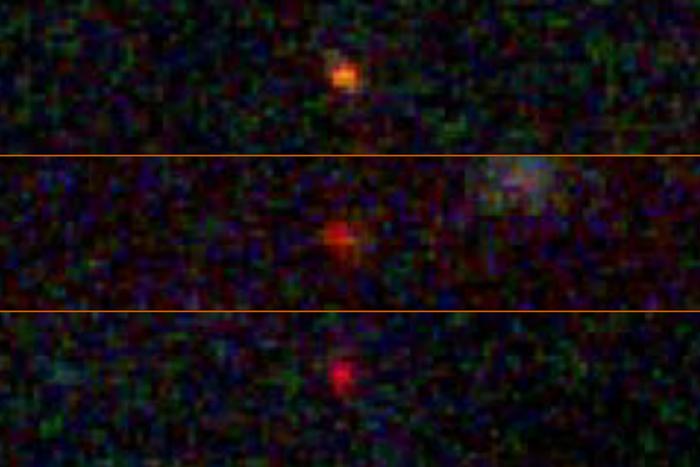
Continue reading
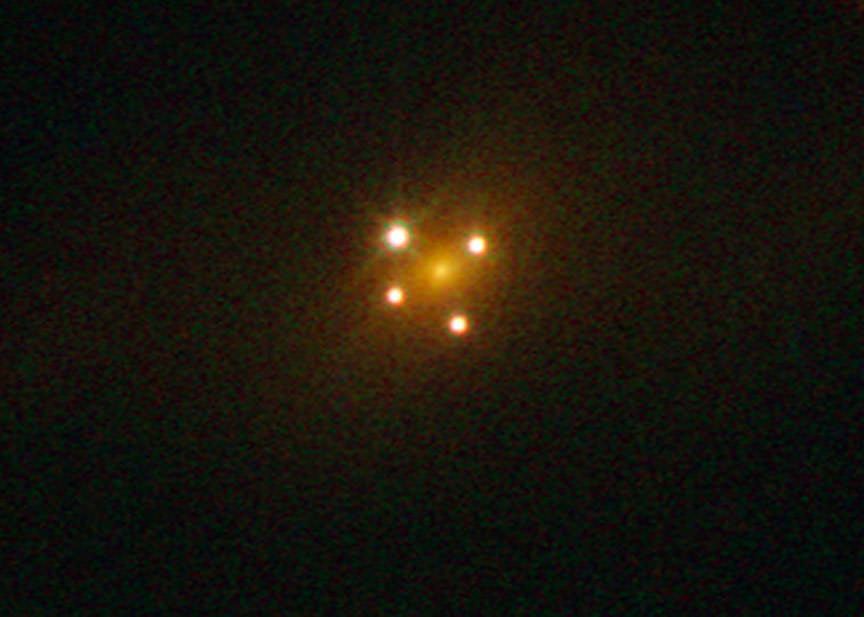
Continue reading
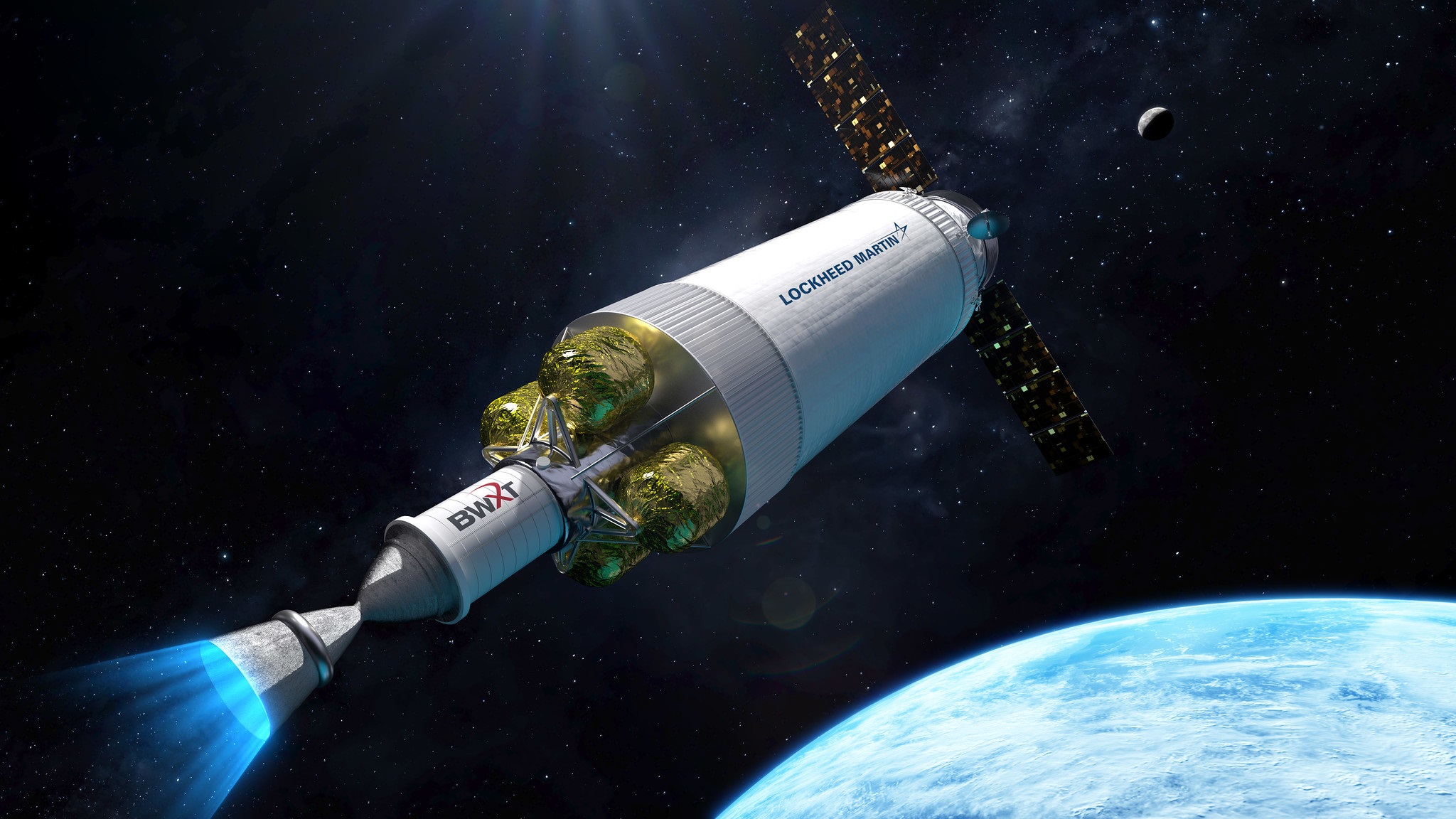
NASA and DARPA have announced the Lockheed Martin and partners will develop the prototype DRACO nuclear thermal engine.
Continue reading

Continue reading
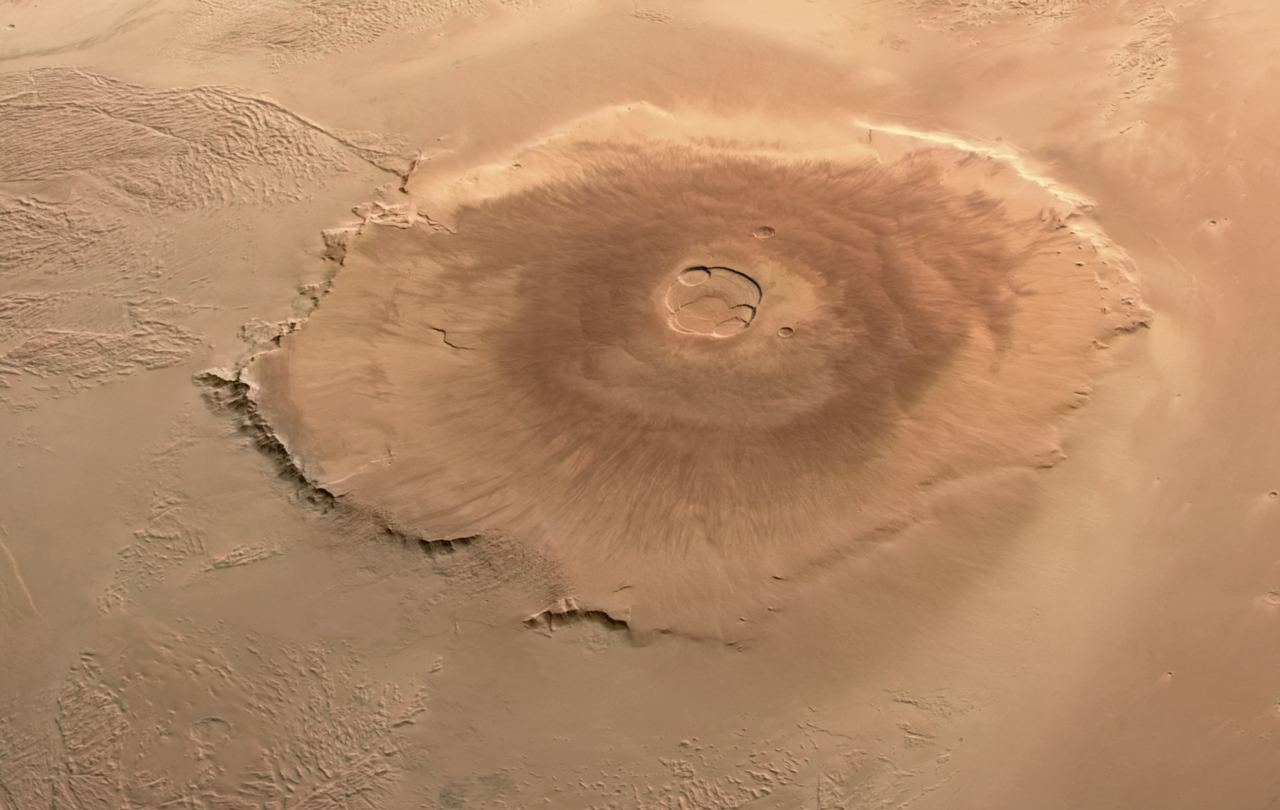
New research shows that Mars' Olympus Mons may have once been a volcanic island surrounding by ocean.
Continue reading
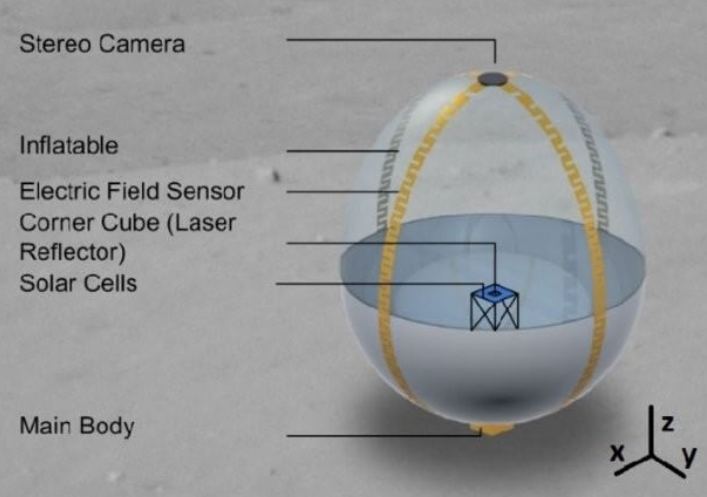
Continue reading

amma-ray bursts are the most powerful explosions in the Universe, briefly outshining all the stars in their galaxy combined. They typically last for just seconds or a few minutes at the most. In 2022, an ultra-long gamma-ray burst exploded in the sky, lasting so long, with two separate blasts of radiation that it triggered the Fermi Gamma-Ray Burst Monitor twice. The blast was clocked at almost 1000 seconds, with a double blast that made some astronomers wonder if it was due to a gravitational lens.
Continue reading
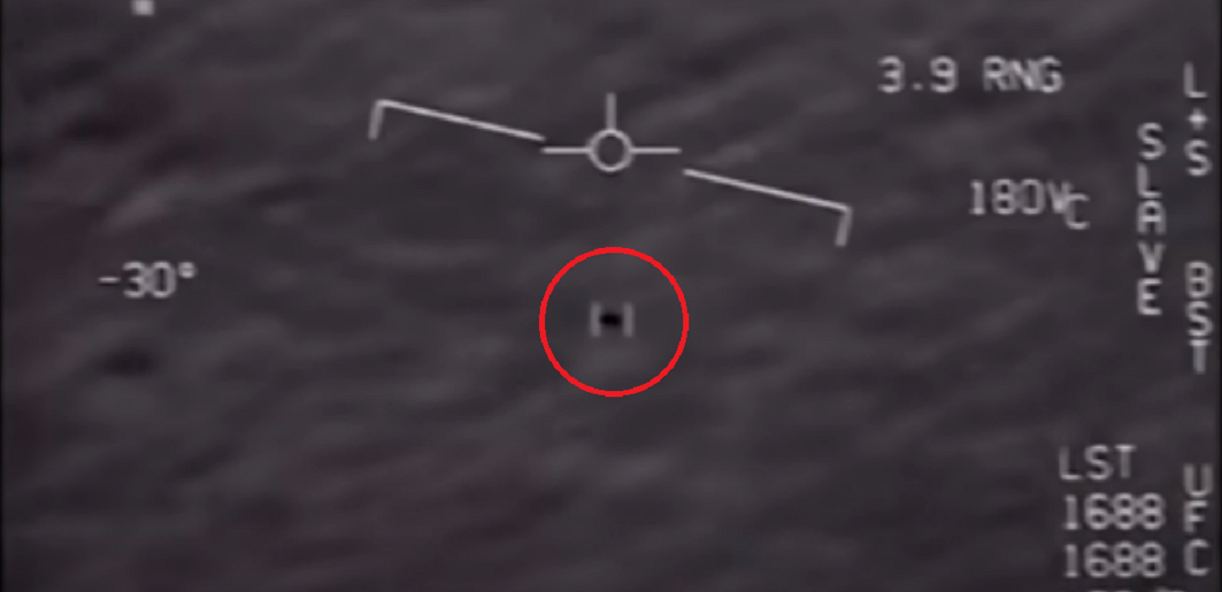
Continue reading
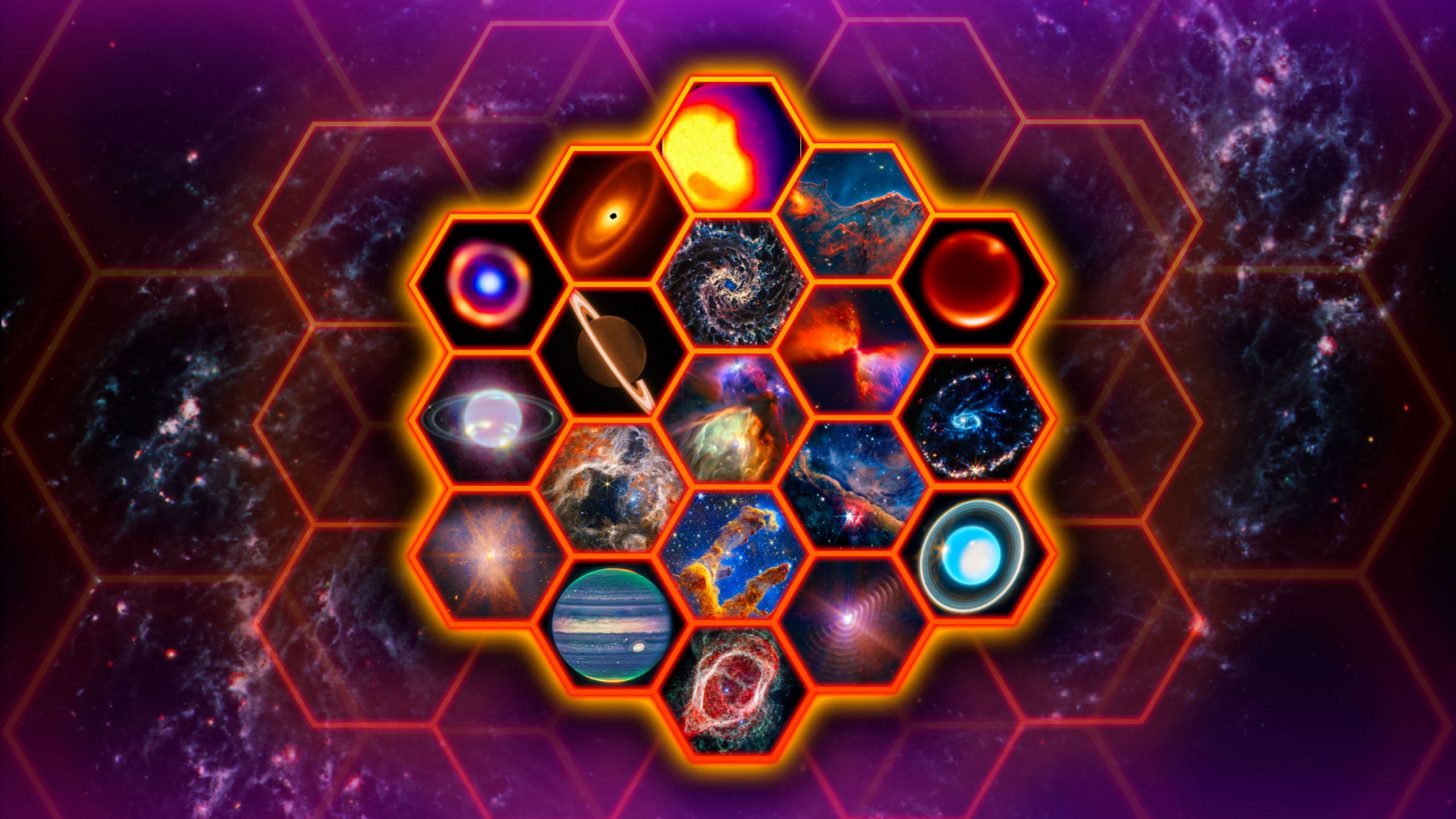
Continue reading
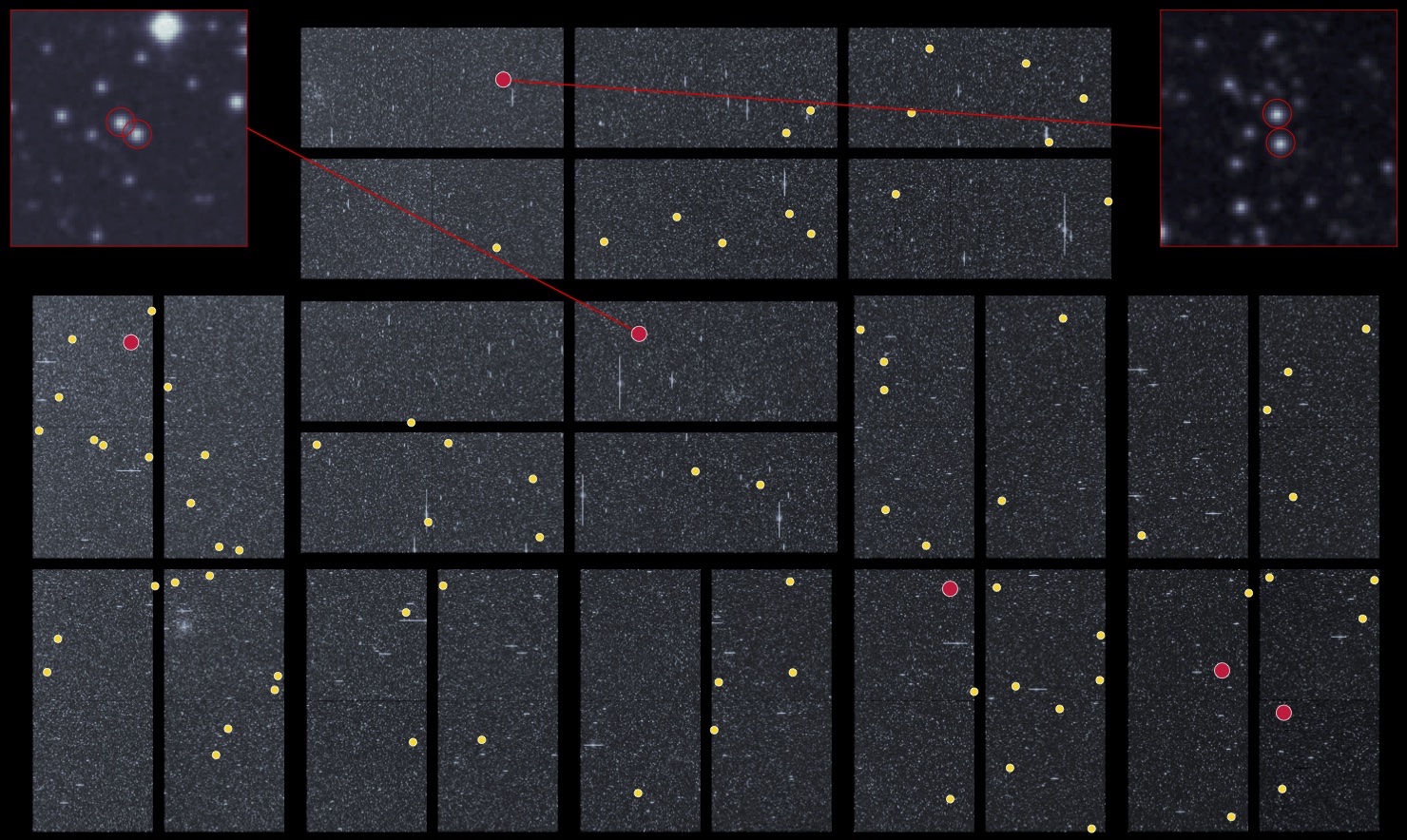
Determining the age of a star is surprisingly tricky and has wide error bars. It's only inside star clusters that you get a chance to accurately measure a star's age since they all had the exact origin and age. But a new technique hopes to discover the age of stars by measuring their rotation. As stars get older, their rotation rate slows down. By plotting the rotation rates of stars in clusters against their known ages, they can apply it to individual stars which aren't in clusters.
Continue reading
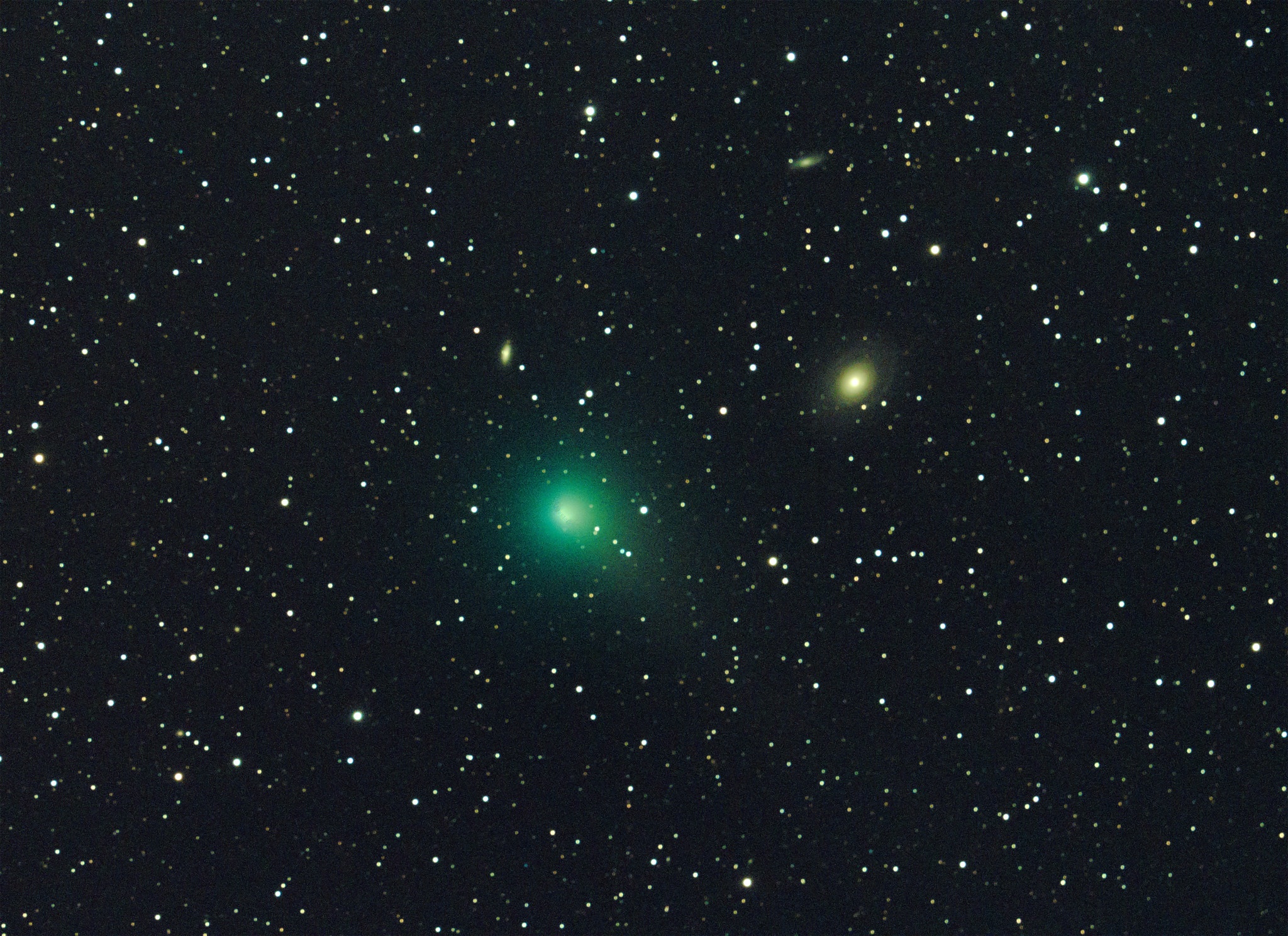
The time to catch Comet T4 Lemmon is now, before it vanishes for another 36,000 years.
Continue reading

 Universe Today
Universe Today


















